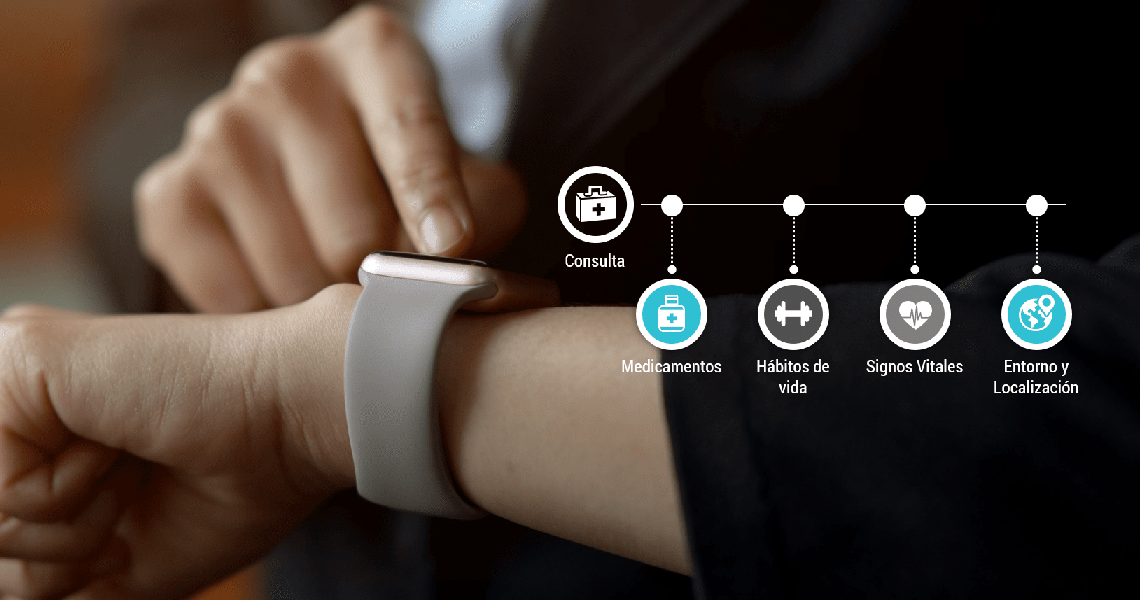The World Health Organization, WHO, defines occupational health as “a multidisciplinary activity that promotes and protects the health of workers”. It adds: “This discipline seeks to control accidents and diseases by reducing risk conditions”.
In other words, occupational health is the employer’s ability to reduce or eliminate any risk factor that may exist in the workplace and in the work to be performed by the worker. Therefore, it is necessary to take into account the working conditions and their organization, as well as the conditions of the worker himself.
Monitoring vital signs of employees at work with wearable devices
The monitoring of vital signs (with the possibility of doing it 100% anonymously if desired), allows to increase employee safety.
Thanks to digitization, employees can be monitored by wearables, which can detect different pulse rate ranges, heart rate variations, etc.
Let’s take a smartwatch as an example of a wearable. Through the sensors included in the device itself, alerts are configured to ensure that the employee is working safely.
4Safety, the solution by Zerintia Technologies to monitor vital signs
This alert configuration is done through Zerintia Technologies’ 4Safety solution, which has a central data console to manage the aforementioned alerts, as well as the processing of the monitored data.
In addition to vital signs, when an alert is issued, the smartwatch can also communicate the GPS position (or the last valid position if it is not possible to obtain it at the time of the incident), as well as other employee data (body temperature, acceleration/deceleration, inclination, etc.) or the environment (temperature, noise level, gases, etc.) by integrating other types of sensors.



